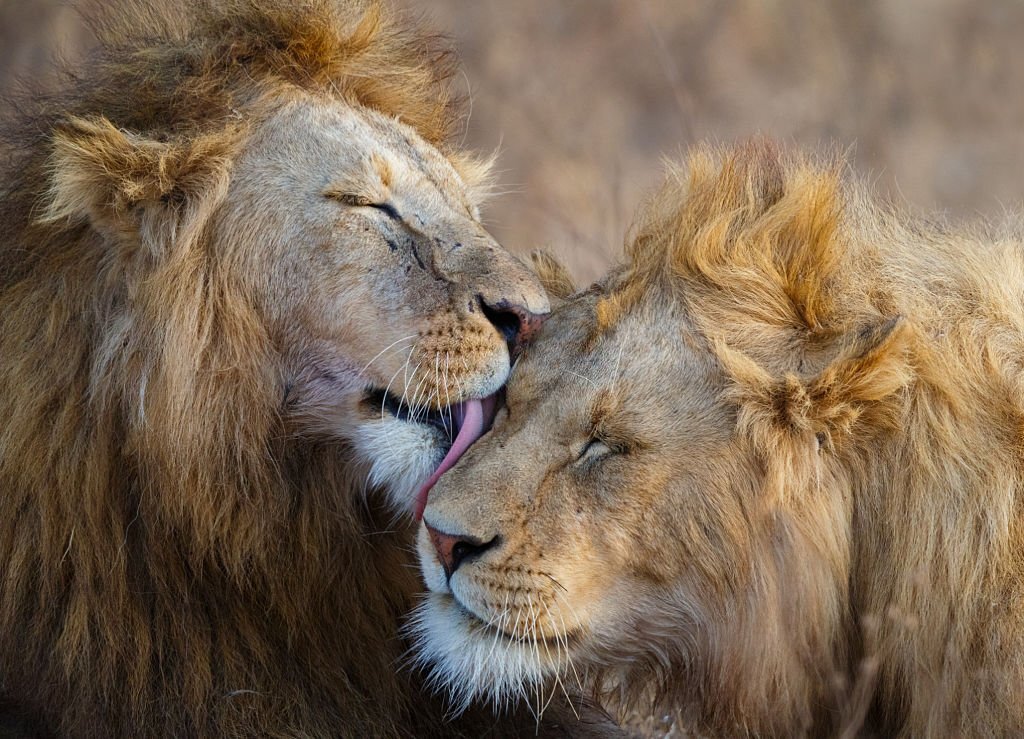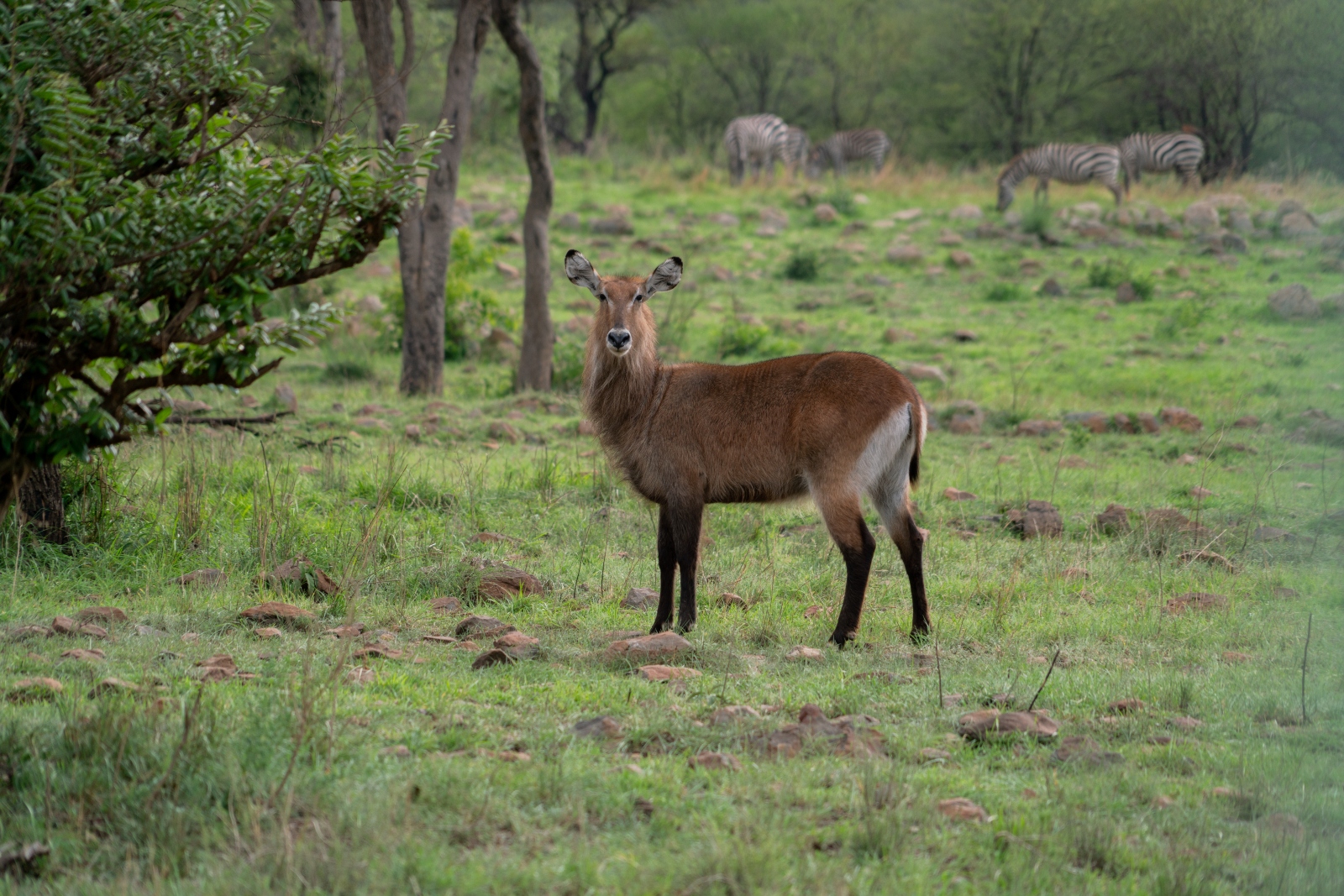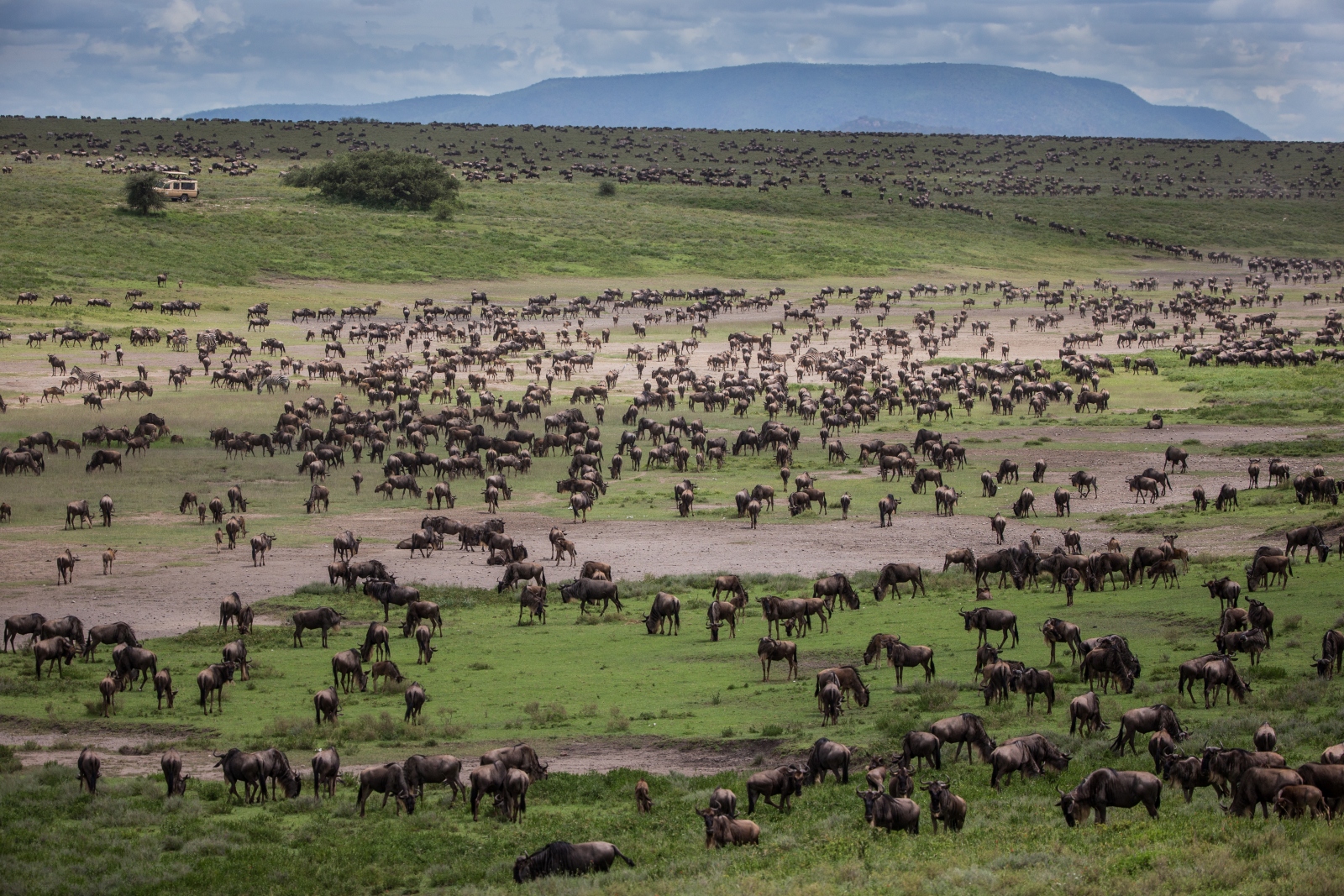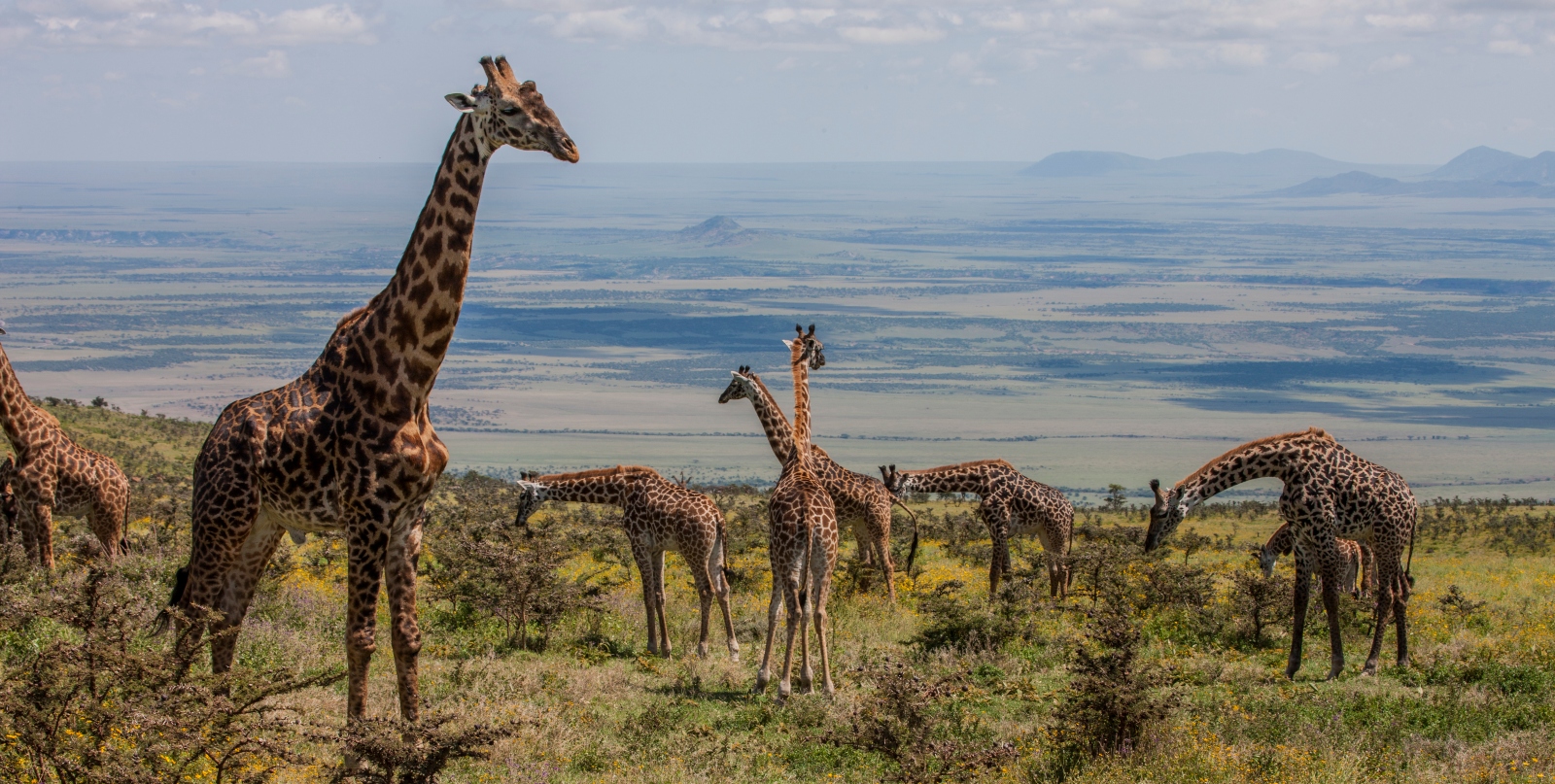TANZANIA
Tanzania is a country located in East Africa, bordered by Kenya and Uganda to the north, Rwanda, Burundi, and the Democratic Republic of the Congo to the west, and Zambia, Malawi, and Mozambique to the south. It also has a coastline along the Indian Ocean to the east. Here is an overview of Tanzania based on the information available up to 2021.
Tanzania has a rich history that dates back thousands of years. The coastal areas were influenced by trade with Arab and Persian merchants, while the interior was shaped by various African kingdoms and tribal groups. In the 19th century, European powers, including Germany and later Britain, colonized different parts of the region. Tanzania gained independence from Britain in 1961 and was formed by the unification of Tanganyika (mainland) and Zanzibar in 1964.
Since 1974 the capital city was shifted from Dar es Salaam to Dodoma, Dar es Salaam serves as the commercial and financial capital of Tanzania.
Other significant cities include Mwanza, Arusha, and Zanzibar City.
Tanzania has a diverse population of over 60 million people (as of 2021). It is home to various ethnic groups, including the Sukuma, Chagga, Haya, and Makonde, among others.
Tanzania is home to over 120 ethnic groups, with the major ones being the Sukuma, Chagga, Haya, and Nyamwezi. The country is linguistically diverse, and the official languages are Swahili and English.
Tanzania is a presidential republic, and its political system is characterized by a multi-party democracy. The President is both the head of state and the head of government
Tanzania’s economy is based primarily on agriculture, which accounts for a significant portion of its GDP and employs a large part of the population. Key agricultural products include coffee, tea, cotton, tobacco, and various crops. Additionally, the country has substantial reserves of minerals, including gold and natural gas, which contribute to its economy. Tourism is also an important sector, with wildlife and cultural attractions drawing visitors from around the world.
Tanzania is famous for its diverse wildlife and stunning natural landscapes, making it a popular destination for tourists, especially those interested in safaris and wildlife experiences. The Serengeti National Park, Ngorongoro Conservation Area, Mount Kilimanjaro, and the island of Zanzibar are among the top tourist attractions.
Tanzania’s culture is influenced by various African traditions and has also been shaped by Arab, Indian, and European interactions over the centuries. The country celebrates a mix of traditional African festivals and Islamic or Christian holidays, reflecting the religious diversity of its population.
It’s important to note that Tanzania’s climate is influenced by various factors, including the Indian Ocean monsoons, the Intertropical Convergence Zone (ITCZ), and the altitude variation across the country. As a result, the weather patterns can be unpredictable at times, and it’s advisable to check local weather forecasts before traveling to specific regions in Tanzania.
Tanzania’s climate and weather can vary significantly due to its diverse geographical features and size. The country experiences different climatic zones, including tropical, subtropical, and highland climates. There are two main rainy seasons: the long rains from March to May and the short rains from October to December.








